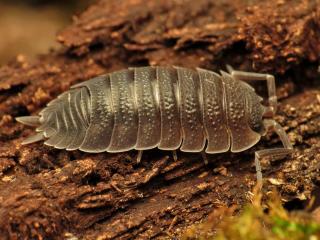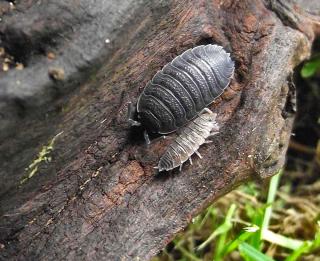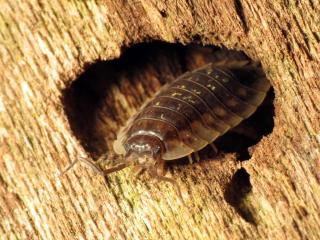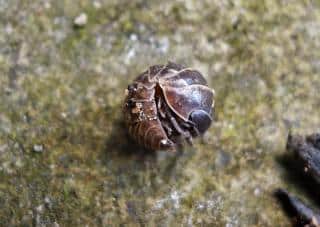

The woodlouse is not a garden helper in the “classic” sense: it doesn’t hunt pests, nor does it help in pollination.However, as a detrivore, it is one of the keys to successful gardening. Indeed, it helps feed the soil and plants by breaking down all plant waste (rotting wood, dead leaves, etc.).
Discover this unexpected ally of the gardener.
Contrary to what one might think, the woodlouse is not an insect. Indeed, it belongs to the class of Crustaceans and the order of isopods. In short, it’s a relative of crabs and lobsters!

The species that you often find in the garden include:

As a recycler and detrivore, the woodlouse feeds on dead organic matter: rotting bark, dead leaves, or even corpses of insects or animals. It can supplement this diet with mushrooms, roots, or young shoots. However, this vegetarian part of its diet is not enough to cause damage to crops.
Did you know?
Like lichen on trees indicating a non-polluted atmosphere, and voles, the woodlouse is an excellent indicator of healthy soil. Indeed, it is particularly sensitive to heavy metals (lead, zinc, copper, etc.) and disappears if these are present in excess.

You may encounter a woodlouse in your house (basement, kitchen, garage, etc.). If there’s only one, it is not a problem. However, if there are more, it could mean there is a water leak or infiltration somewhere. You would then need to investigate.
Just like the earthworm, the woodlouse is vital for the health of your soil in the vegetable garden and yard. By decomposing dead organic matter, it makes nutrients available again for plants. It thus contributes to the soil’s proper ecological balance. Therefore, it’s important to protect it.

Finally, even though it might seem absurd, resist the urge to always remove moss from the lawn. It indeed forms an ideal biotope for the woodlouse. If possible, maintain a part of the garden with some patches of moss, it will make woodlice happy.
To summarize, far from being a pest, the woodlouse plays a crucial role for the health of your soil by recycling dead organic matter. All you have to do now is to set up a few well-placed shelters to make its life easier in your garden.
→ To go further: